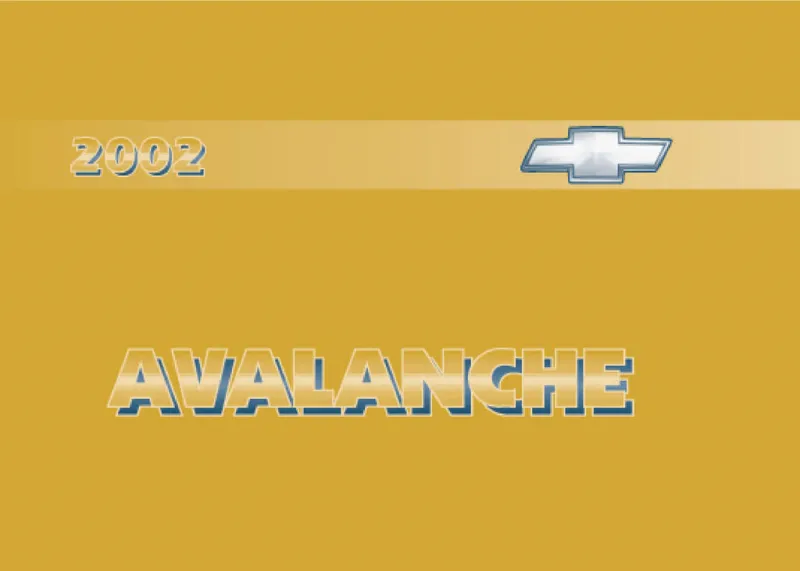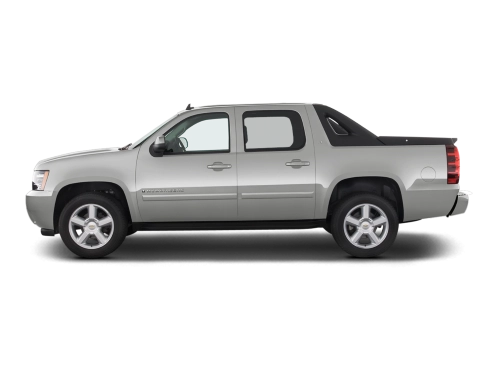2002 Chevrolet Avalanche Owner's Manual

Table of Contents
2002 Chevrolet Avalanche Overview
Introduction
The 2002 Chevrolet Avalanche marks a pioneering entry in the world of sport utility trucks, blending the versatility of a pickup with the comfort of an SUV. Designed with a bold and rugged facade, this model quickly captured the hearts of those looking for adventure without compromising on everyday utility. The Avalanche provides an ideal solution for both the casual driver and serious hauler, making it a standout choice for 2002.
Powertrains
The 2002 Avalanche offers robust powertrain options, featuring a 5.3-liter V8 engine that delivers an impressive 285 horsepower and 325 lb-ft of torque. This powerful engine is coupled with a smooth-shifting four-speed automatic transmission, enabling the Avalanche to handle various terrains and heavy loads with ease. Additionally, an available 6.0-liter V8 engine increases power to 300 horsepower, further enhancing its performance capabilities, particularly for towing.
Trims
This model comes in three well-equipped trims: the base model, the mid-level ‘LT’, and the high-end ‘Z71’ package. Each trim boasts a range of features, with the LT offering amenities such as leather seating and premium sound, while the Z71 adds off-road enhancements for thrill-seekers. Regardless of the chosen trim, the Avalanche assures comfort and functionality in any setting.
Features
The 2002 Chevrolet Avalanche is packed with innovative features that prioritize comfort and convenience, including a versatile mid-gate design that allows for expanded storage space. Other highlights include a standard CD player, rear-seat audio controls, and options for navigation and a sunroof, which cater to modern expectations in luxury and technology.
Owner's Manual
The owner’s manual for the 2002 Avalanche serves as a comprehensive resource, detailing vehicle operations, maintenance schedules, and safety protocols. It equips owners with essential knowledge about their vehicle, ensuring they can fully enjoy all its impressive features and capabilities.
User manual download
The Chevrolet Avalanche owner manual for the 2002 model year is to be found in PDF downloadable format on this page. The owner manual for the model year 2002 is free and in English, but the repair manuals are usually not easy to get and may cost more.
Manual Questions
Fill the form below and someone will help you!

